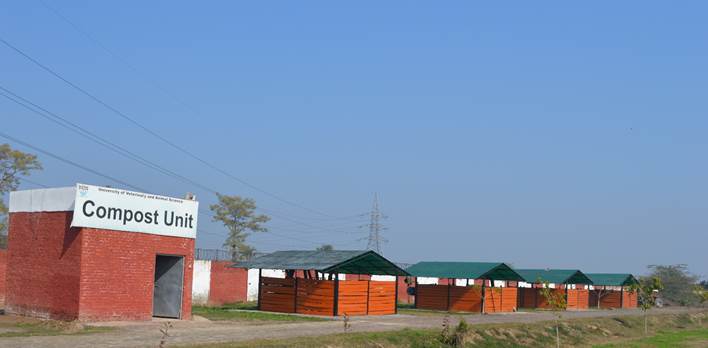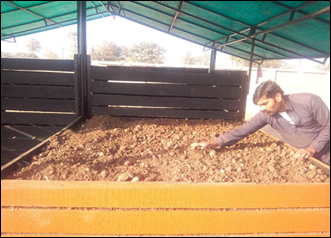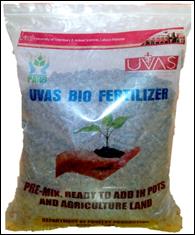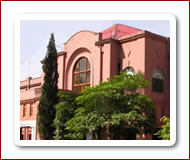Poultry Advisory Services (PAS) Advisory Services
Poultry Waste Composting
Introduction
Poultry sector is one of the most organized and fastest growing segments of agriculture in Pakistan. For the last few decades, an increase in number of hatcheries and poultry farms resulted in production of large quantities of used poultry litter, manure, feathers and hatchery wastes. To dispose-off these wastes, different methods (Incineration, Land filling, Pit-burial & Rendering) are being used. The byproduct of these methods contaminates the underground water, pollute environment and deteriorate soil quality.
“Composting is a natural process in which beneficial organisms--bacteria and fungi--reduce and transform organic wastes into a useful end product--compost--used as a fertilizer and soil amendment”

Methodology
The composting of the dead birds can be done in the following steps.
- Primary bin loaded with an initial layer of 8 to 12 inches of used litter.
- Dead birds placed side by side and 6 inches away from the side walls of the composter to avoid chances of leakage.
- Add Next 6-inch-thick layer of litter will be added to cover the carcass layer.
- Subsequent layers of carcasses, bulky agent and litter will be added up to the height of 5 feet.
- The last layer will be capped of 8-10 inches of litter.
- Small amount of water is sprinkled on each carcass layer (if needed) to achieve the required moisture level of 50 to 55%.
- The primary or first heating cycle will be completed with the rise in temperature ranging from 145 to 160°F (62.78 to 71.11°C) and then fall below 129°F (53.89°C).
- The pile turned from primary bin to the secondary bin for second heating cycle.
- The second heating cycle completed with the drop in the temperature below 100°F (37.78 °C).
- The material is then shifted from secondary bin to storage bin for maturation phase. The drop-in temperature near to surrounding 77 to 86°F (25 to 30°C) will indicate the completion of maturation phase.
- The finished product will appear dark brown to black.
- The final compost/product will be free of unpleasant odors.


Nutritional Composition of the Compost |
|
Crude Protein (%) |
13.40 |
Metabolizable Energy (kcal/kg) |
1940 |
Nitrogen (%) |
2.52 |
Phosphorus (%) |
1.93 |
Potassium (%) |
2.40 |
Crude Fiber (%) |
17.55 |
Ash (%) |
19.40 |
Dose
The following dosage of compost may be used in agriculture.
Pots: 1-part compost, 3-parts soil
Agriculture Land: 500 kg/Acre
Lawn: 20 kg/Acre (1-part compost & 2-parts of silt (bhal))
Benefits
- Convenient and environmentally acceptable method for disposal of normal poultry mortality.
- Minimum disease, insect problems, and surface water contamination
- Process stabilizes ingredients to a useful organic fertilizer that will not attract flies, rodents or dogs.
- Environment friendly
- Non-hazardous
Features
- Stabilized product.
- Free from odor and pathogens.
- Poor breeding media for flies and insects.
- Less cost of transportation and spreading.




